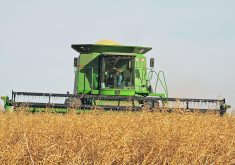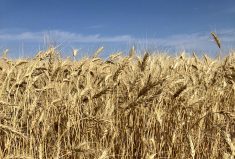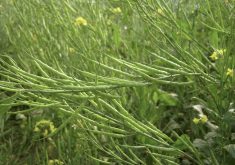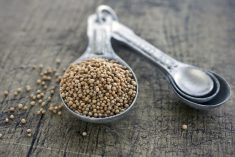Glacier FarmMedia | MarketsFarm — Seeded area for Saskatchewan mustard will fail to reach the 400,000-acre mark for the first time in four years.
Statistics Canada reported in March that projected planted acres for the seed this year in the province is to be 212,000, a far cry from the 409,700 acres planted in 2024. Supply won’t be an issue as the 2024-25 carryout is expected to be 150,000 tonnes, compared to 88,000 in 2023-24.
The 212,000 acres of Saskatchewan mustard would be the third-lowest seeded area this decade, but Rick Mitzel, executive director of SaskMustard said it’s likely there could be even fewer acres seeded this spring due to dry conditions.
Read Also
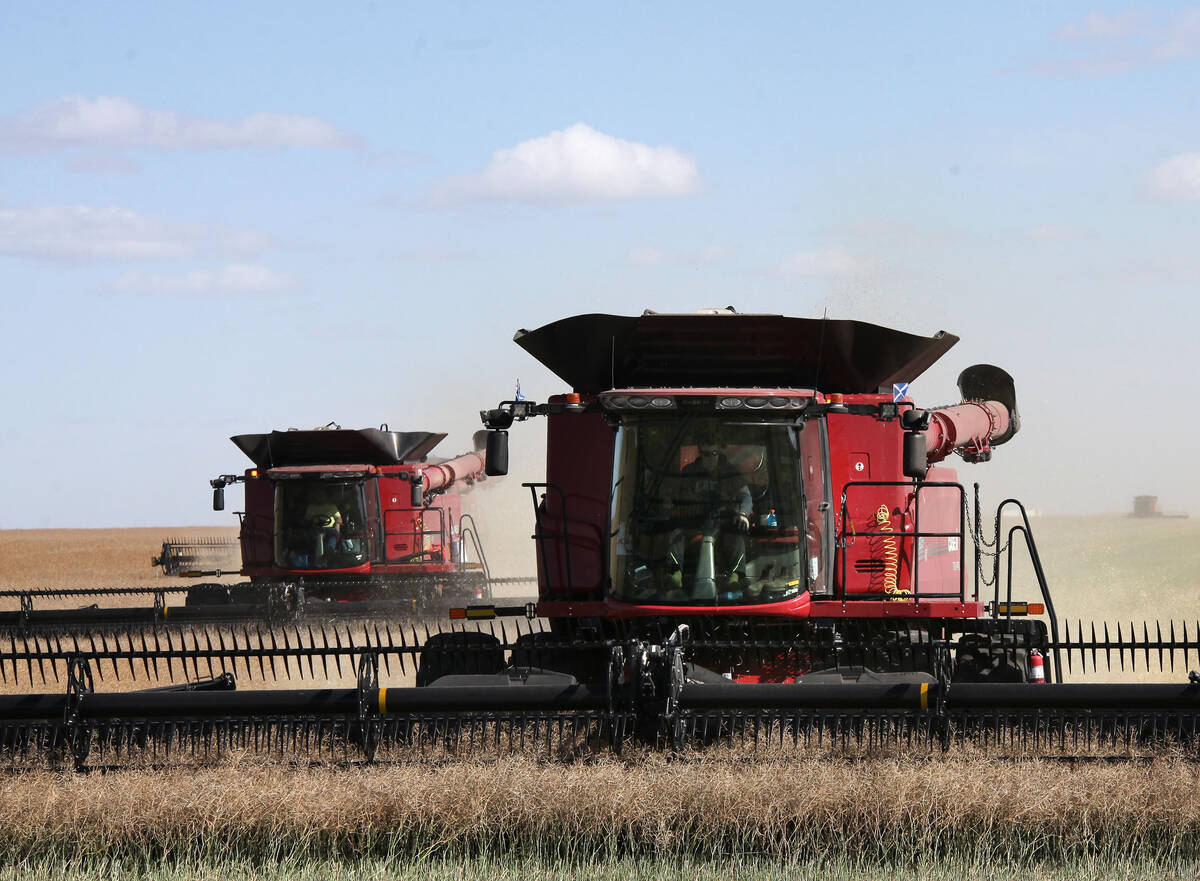
Notable changes in exports to China, India
China and India figured prominently in the September export data issued by the Canadian Grain Commission on Nov. 7. For the most part, the CGC’s numbers highlighted issues with grain, oilseed and pulse exports from licensed facilities to those countries.
“Initially, (growers) started off with OK moisture because of the amount of snowfall that was there in the winter,” Mitzel said. “But as we moved to spring, the warmer weather moved in and the wind picked up and dried things out very quickly on us. I think we did have some growers switch to other crops that can seed deeper and get into the moisture.
“If growers were thinking about 290,000 to 300,000 acres (nationally), it’s a (very good) chance it’ll be less than that. Maybe as low as 250,000.”
The high-delivered bids for mustard on the Prairies were 46 cents per pound for yellow and 35 cents for the brown and Oriental varieties. All of them are down eight cents/lb. from the previous year as of May 28, Prairie Ag Hotwire reported.
Current market prices for mustard are “kind of common” compared to past years, Mitzel added. However, he believes one variety has yet to tap into its upside.
“On the brown side, there’s lots of supply right now. Demand for the grower’s product isn’t as strong as it could be. Once that brown mustard works its way through the system, I think we’ll be back towards more normal pricing on that,” Mitzel said.
Despite the lower prices, he said that growers still want mustard in their rotations and in certain areas such as southwest Saskatchewan, it can be more profitable than canola.
SaskMustard will spread the good word about the crop at various events later this year, including Ag in Motion in Langham, Sask. from July 15 to 17. There will also be an annual field tour around Swift Current on July 17 in conjunction with the Wheatland Conservation Area.
SaskMustard is also continuing its collaboration with Agriculture and Agri-Food Canada in developing new varieties of mustard. Some have been widely accepted by mustard growers despite not seeing higher yields due to dry conditions.
“We launched a hybrid brown a couple of years ago and a composite yellow seed variety came out of that as well. Those are the two big ones that have made a big difference in growing mustard and helping growers produce more seed,” Mitzel said, adding that researchers will also work on varieties that are more resistant to damage and disease.
“We’re hoping for some moisture so we can have a more productive season for growing mustard.”







